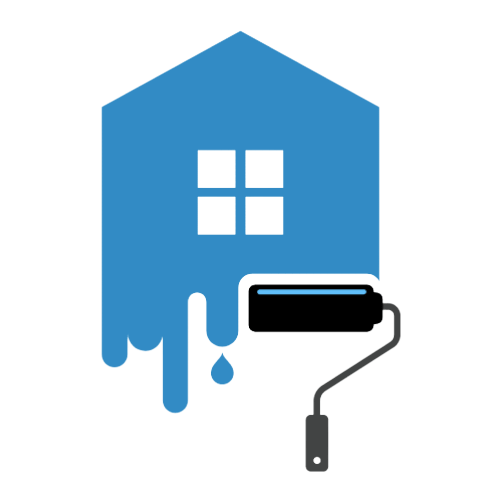Technology is now integral to business operations, especially IT support. Companies that depend more on complex IT systems require robust, innovative tech solutions for IT management and troubleshooting. The role of IT support spans everything from essential help desk services to advanced cybersecurity, predictive analytics, automation, and more. While traditional IT assistance relied heavily on manual processes, the field is rapidly evolving to leverage cutting-edge technologies to enhance efficiency, reduce costs, and provide better service.
Evolution of IT Assistance
Various factors have driven the transition from traditional IT support to more advanced tech-centric solutions. For one, the scale and complexity of modern business IT infrastructure demand more intelligent tools for monitoring, analysis, and issue resolution. IT support assistance has also become more proactive, focusing on preventive maintenance and preemptive support. The proliferation of mobile devices, remote workers, and SaaS applications further highlights the need for remote management capabilities.
The most significant catalyst has been the immense leaps in AI, automation, and predictive technologies. IT teams increasingly adopt automated helpers and virtual agents to handle tier-1 queries and common user issues. This allows IT technicians to focus their time and expertise on value-added tasks. AI-powered analytics provide granular insights into systems health to enable predictive support. Technology empowers IT assistance to be more agile, effective, and scalable.
Automation and AI in IT Assistance
Some of the most significant advancements have come through AI and automation. IT teams deploy virtual assistants and chatbots to manage basic user queries and common technical issues. Bots can easily handle thousands of repetitive, low-level tasks that previously consumed much time and effort. Intelligent algorithms also enable self-healing mechanisms in IT infrastructure to prevent failures and ensure uptime.
Automation also facilitates remote troubleshooting and remediation without requiring physical access to devices. AI-powered knowledge management systems provide technicians with the correct information and solutions for issues in real time. Such innovations allow IT support to scale new heights in efficiency and capabilities.
Predictive Analytics
Another critical development is using predictive analytics to enable proactive IT maintenance. By applying machine learning algorithms to system data, IT teams can identify issues before they occur. Predictive analytics provides actionable insights to understand dependencies between components and forecast failures or degradations. This allows IT staff to conduct preventive maintenance and avert catastrophic downtime events. From hardware lifecycle management to cyberattack prevention, predictive analytics revolutionizes IT assistance.
Remote Assistance and Collaboration Tools
Enabling remote IT support has also been a significant goal. IT teams are adopting advanced collaboration and remote access tools to assist without on-site visits. Secure device mirroring, live video support, remote diagnostics, and augmented reality tools allow technicians to troubleshoot and fix issues from anywhere. Such capabilities provide flexibility, improve response times, and reduce costs associated with travel and downtime. It also enables IT support staff to securely connect to devices outside the corporate firewall.
Augmented Reality and Virtual Reality
Emerging technologies like AR and VR are finding valuable applications in IT assistance. AR overlays contextual information and on-screen cues to guide end users in troubleshooting fundamental issues independently. It facilitates remote cooperation between tech experts and workers to resolve technical problems. VR enables interactive 3D visualization of complex infrastructures so IT teams can monitor, simulate, and optimize systems collaboratively. Immersive VR training also helps IT staff learn new skills and procedures.
Cybersecurity Solutions
IT assistance heavily relies on advanced cybersecurity solutions to protect corporate infrastructure. AI-enabled systems provide real-time threat intelligence, anomaly detection, and rapid response capabilities to counter sophisticated cyberattacks. Predictive systems even anticipate and prepare defenses against zero-day exploits and APTs. Integrating next-gen anti-malware, firewalls, threat intelligence feeds, and vulnerability scanners allows IT teams to harden defenses and assist the business in managing IT security risks.
Customized IT Solutions
Leading IT providers now offer customized solutions based on each client’s unique needs, priorities, budget, and capabilities – not a one-size-fits-all approach. Such flexible approaches paired with new technologies enable IT assistance to be more responsive and aligned with business objectives.
Future Trends
As technology advances at breakneck speed, the potential for innovation in IT assistance is immense. We expect more intelligent automation, hyper-personalization of support, deeper integrations with business processes, and even autonomous self-healing infrastructure using AI. But technology is just one piece of the puzzle – the other is integrating human expertise. The future lies in maximizing the synergies between people and technology to unlock the unseen potential in IT assistance.
Challenges and Considerations
However, businesses must also be aware of the challenges and limitations of adopting emerging assistance technologies. Over-automation can degrade the human touch in customer service. There are risks of introducing dependencies on external tools and vendors. AI and automation also raise concerns about data privacy, transparency, and bias. Therefore, carefully evaluating the pros, cons, and tradeoffs is necessary for businesses exploring new tech-driven IT assistance models.
Conclusion
In conclusion, the incorporation of leading-edge technologies is fundamentally transforming IT assistance to address the growing demands of modern IT infrastructure. While traditional support models relied heavily on manual efforts, new AI-enabled and predictive tools enhance automation, efficiency, and capabilities. However, businesses should strike the right balance between technology and human oversight when reimagining their IT assistance for the future. The most impactful innovations occur when people and technology complement each other. Therefore, an openness to explore emerging tech’s unseen and untapped potential in improving IT support and assistance will be the key to staying competitive. Businesses that embrace this approach, such as In-Touch Computer Services, will be best positioned to leverage IT as a strategic driver of success.

